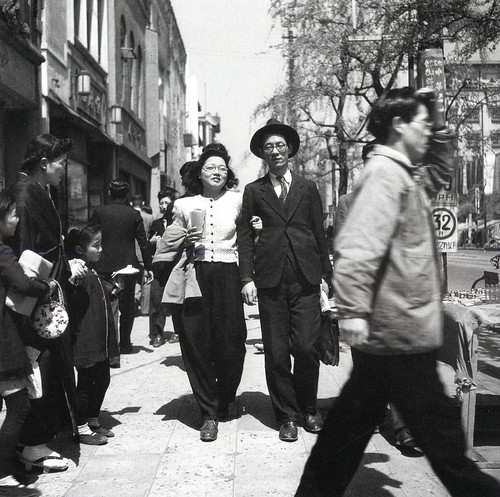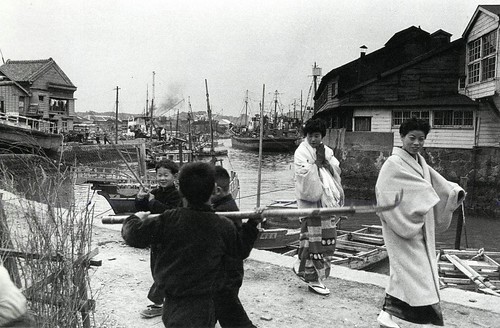My first image of Japan is a traditional and modern culture mixed country. However, the longer time I have been living there, the more I realized that actually Japan is still a very traditional country than a modern country. What I mean is Japan is modern externally but traditional internally.
As my previously post mentioned, Japan has numerous popular cultures in animation and comic books which influent almost everywhere in the world. Also, maid cafes which related to Japanese comic books are hardly found in other countries so they are often considered as the modern part of Japanese culture. Another side-product of the animation and comic books are the TV games, which has been developed rapidly in these 20 years. Besides TV games, the advance development of mobile phones and other household appliances in Japan is always described as the best and the most high-tech in the world. Nonetheless, those modern technologies are only the external part of Japanese society or culture.
If you spend time on looking at any one thing in Japan, you can easily find how traditional Japan still is. Take maid cafes as an example again. Although the concepts of maid cafes are very new and modern to countries other than Japan, the ways the maid serving their customers are very traditional. They call their customers “Masters”, and if you go to their cafes, they say “Welcome back Master”. This reflects the very old Japanese society before Meiji Restoration when husbands were considered as master of families whereas wives were their servants. This also reflects the inequality between men and women are still common in Japan but equality between men and women are always considered as a modern and liberal concept. That is the reason why I think Japanese people’s mind are still very traditional.
The same as many other foreigners, my first impression of Japan is much modernized but is still preserving many traditional culture. However, after living in Japan for 9 months, my impression has 180 degrees changed. Traditional culture is actually taking over the majority part of Japanese culture and Japan is only externally modernized.

Japan is always taking the leader role in TV games industry

Japanese mobile phone industry is another high technology symbol

Maid Cafe is the best example to see how Japanese culture is modized externally but traditional internally






















